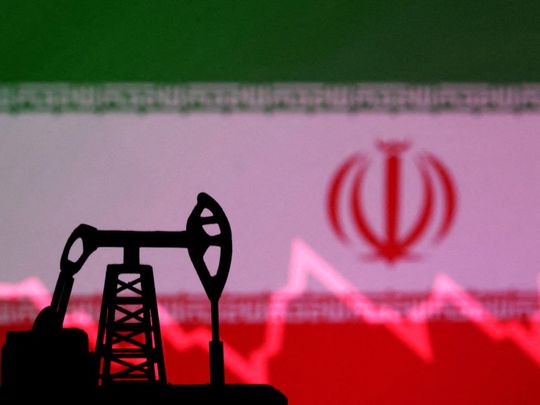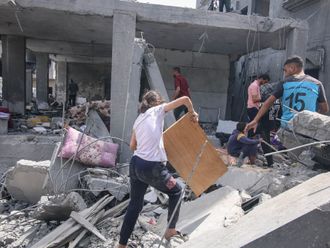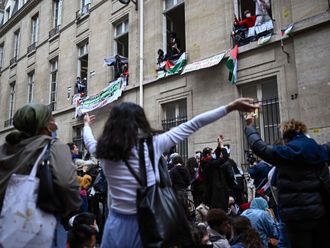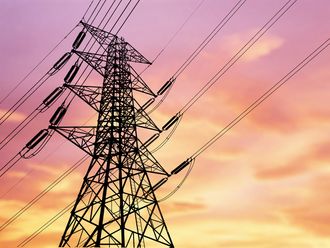
PARIS: In the 45 years since the Islamic revolution, Western governments have used a punishing array of sanctions against Iran in a bid to force policy changes.
After Britain, the European Union and the United States slapped new measures on Iran following its first direct attack on Israel on April 13, here is a timeline of past sanctions:
1979: Hostage crisis
In November 1979, Iranian revolutionary students storm the US embassy in Tehran and take 52 people hostage.
In 1980, midway through the 444-day-long crisis, Washington breaks off diplomatic relations with Iran and imposes restrictions on commerce and travel.
1983: Beirut bombing
In 1983, 241 US Marines are killed in a suicide truck bombing in the Lebanese capital Beirut. Minutes later, a second bombing kills 58 French troops.
In 1984, the United States blacklists Iran as a “state sponsor of terrorism” over its suspected role in the attacks.
Three years later, in 1987, US president Ronald Reagan bans all Iranian imports and curbs some US exports to the country, over attacks on US vessels in the Gulf.
1995: US trade embargo
In 1995, US president Bill Clinton orders a total trade and financial embargo on Iran, accusing it of backing terrorism and seeking to acquire weapons of mass destruction.
Foreign companies who invest in Iran’s oil sector are targeted.
2005: Nuclear enrichment
Fears that Iran is trying to develop nuclear weapons intensify in 2005, as hardline president Mahmoud Ahmadinejad ends a freeze on uranium enrichment.
Between 2006 and 2010, the United Nations adopts four rounds of economic and trade sanctions against entities linked to Iran’s nuclear and ballistic missile programmes and freezes their assets.
In October 2007, the United States announces a raft of new sanctions on Tehran targeting its military and banking sector.
In 2009, Washington bans US banks from serving as intermediaries in the transfer of funds between Iranian entities and offshore banks.
In this period, Iran, which has always denied any ambition to develop a nuclear weapon, is also placed under an arms embargo.
2010-12: Financial pain
Between 2010 and 2012, the United Nations and the United States impose further sanctions on Iran.
In June 2010, Washington targets Iran’s ability to import refined petroleum products, as well as tightening sanctions on its energy sector and access to global banking.
In 2012, the Obama administration rules that Washington can punish banks and other financial institutions buying oil from Iran.
The EU, meanwhile, bans technical assistance or the transfer of oil technology to Iran, imposes a ban on purchasing Iranian oil and freezes hundreds of assets, including those of Iran’s central bank.
2015: Nuclear deal
Negotiators reach a historic deal in 2015 which provides for a progressive lifting of the nuclear-related sanctions imposed since 2006, in exchange for Tehran limiting its nuclear programme.
In 2018, US president Donald Trump walks away from the deal.
Trump reimposes sanctions on Iran and companies with ties to it, hitting the central bank and oil sector.
In April 2019, Washington designates Iran’s Revolutionary Guards a “terrorist” organisation.
2022-23: Crackdown punished
Iranian authorities crack down on protests that erupt after the September 2022 death in custody of Mahsa Amini, arrested for an alleged violation of the Islamic republic’s strict dress code.
Washington and Brussels impose new sanctions in response to the deadly crackdown.
2024: Attack on Israel
On April 17, 2024, EU leaders agree to impose sanctions on Iran’s drone and missile producers in response to its unprecedented drone and missile attack on Israel.
The next day, Britain and the United States unveil sweeping sanctions on Iran’s military drone programme.
The US also targets five companies providing parts for Iran’s steel industry and a car manufacturer involved in providing “material support” to Iran’s Revolutionary Guards.












